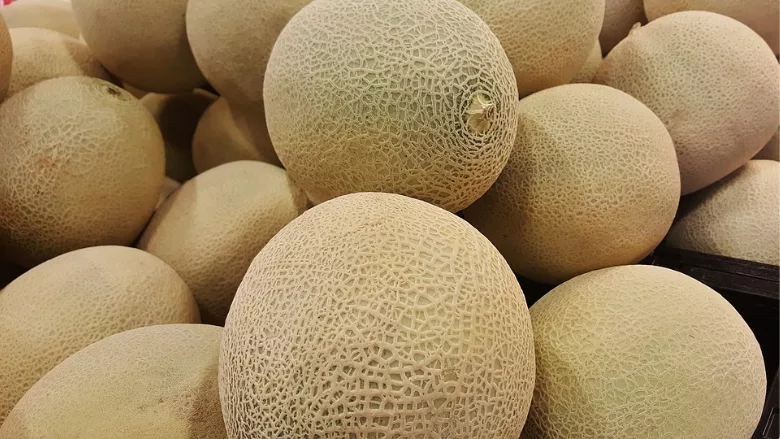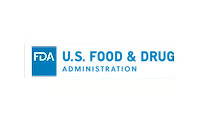FDA Report on Salmonella Outbreak Linked to Cantaloupes Highlights Recommendations for Melon Industry

Credit: Brett_Hondow via Pexels
The U.S. Food and Drug Administration (FDA) has released a report on its investigation of a Salmonella Typhimurium outbreak linked to cantaloupes that occurred during July–September 2022. Although the investigation did not result in identification of a specific microbial source or route that resulted in the outbreak, the agency identified Salmonella on-farm, post-harvest, and off-farm.
The outbreak in question caused 88 reported illnesses and 32 hospitalizations in the U.S. Epidemiology and traceback activities led investigators to cantaloupe grown in Southwest Indiana during the summer of 2022.
As a result of the traceback, FDA conducted investigations in Indiana at three farms, their common packinghouse, and nearby public lands. Salmonella-positive environmental samples were found at each location, but none of the resulting Salmonella isolates conclusively matched the outbreak strain by whole genome sequencing (WGS).
Specifically, the outbreak response investigation found:
- In August 2022, the U.S. Centers for Disease Control and Prevention (CDC) notified FDA about a multistate cluster of Salmonella Typhimurium illnesses, geographically distributed in the U.S. upper Midwest, with a potential signal for melon exposures
- The isolates in the cluster of illnesses were within seven alleles/11 single-nucleotide polymorphisms (SNPs) of two FDA soil swab samples collected from a 2020 outbreak investigation in Indiana, however, none of the isolates were a definitive match to the 2022 outbreak strain
- FDA’s 2022 traceback investigation identified 11 points of service, eight of which traced back to a common packinghouse; however, there was no convergence to a single shipment of products, and therefore three farms that supplied the common packinghouse were identified as potential sources of cantaloupe.
After the investigation, no cantaloupes were recalled and no public warning was issued due to the implicated products no longer being on the market.
In light of the foodborne illness outbreak investigation, FDA highlights the following recommendations and requirements applicable to growers of melons and similar produce:
- Review current conditions and practices to determine whether they are adequate or if additional prevention measures are warranted
- Understand previous land use to identify and address potential sources of pathogens that may affect farming operations
- Be cognizant of and assess risks that may be posed by adjacent and nearby land uses, especially as it relates to the presence of livestock, including poultry, and the interface between farmland and other agricultural areas
- Consider additional tools such as pre-harvest and/or post-harvest sampling and testing of products to help inform the need for specific prevention measures
- Properly apply manures that have been treated with a validated and verified process to reduce pathogens (e.g., composting with time and temperature measurements)
- Inspect, maintain, clean, and, when necessary and appropriate, sanitize all food contact surfaces of equipment and tools frequently to protect against contamination
- When appropriate, use cleaning and sanitization products approved by the U.S. Environmental Protection Agency (EPA), following label instructions for application
- Consistently execute Standard Operating Procedures (SOPs) for cleaning and sanitizing, and communicate effectively about SOPs and any changes to SOPs
- Conduct root-cause analyses may to identify how human pathogen sources in the broader agricultural environment may contribute to contamination
- Improve traceability through increased digitization, interoperability, and standardization of traceability records.
Looking for quick answers on food safety topics?
Try Ask FSM, our new smart AI search tool.
Ask FSM →








